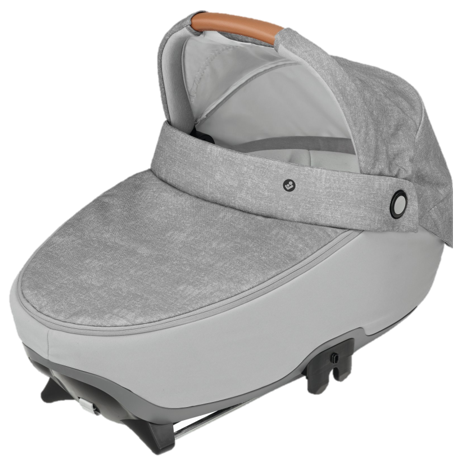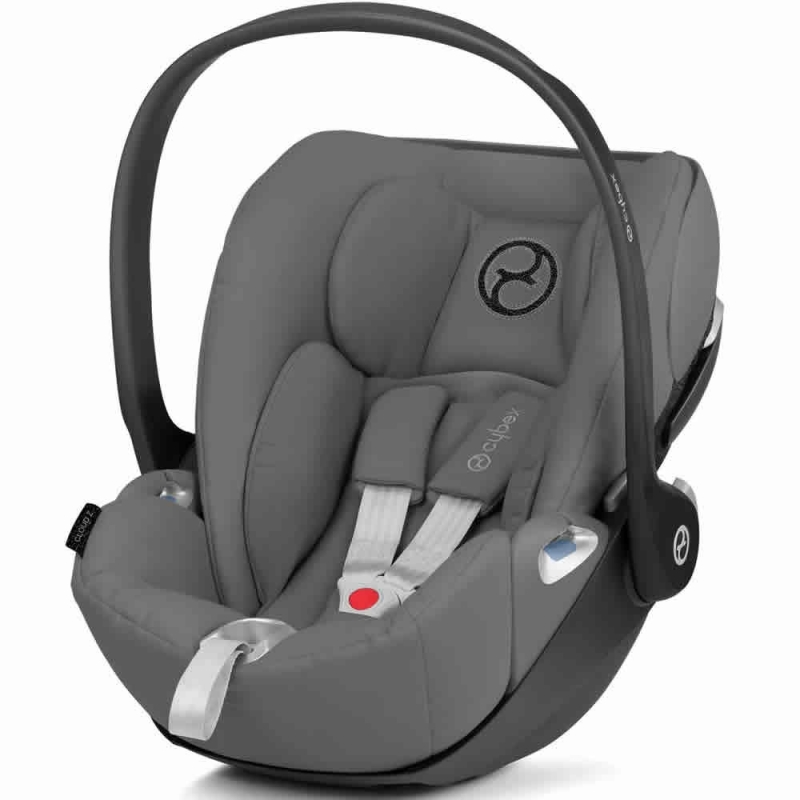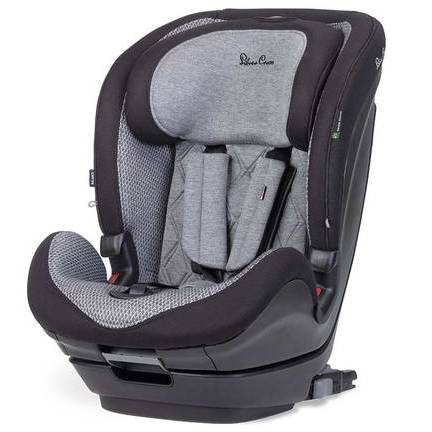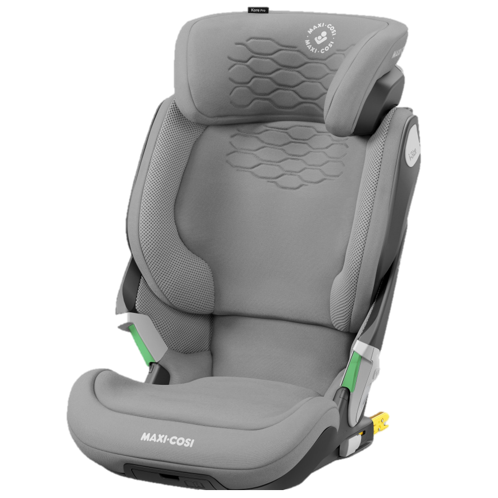The Basics

What are the different types of car seats?
There are 4 main types of car seats which all meet the different safety needs of your child as they grow and develop. Each car seat is designed for a specific stage of development to keep your little one as safe as possible. Children must use a car seat until they're 12 years old or 135cm tall, whichever comes first.
Some car seats cover more than one of these categories by being adjustable, for example the sides can expand or the head rest can move up and down, which changes the position the child is held in the seat. These are sometimes called ‘combination’ seats or ‘multigroup’ seats.




Car Seat Installation
You can install a car seat in one of two ways. Either with a seat belt or an ISOFIX attachment.
Using the seat belt to install your car seat has been a more traditional method for a while. However, there are advantages of belt installation too such as the flexibility of where to put your car seat if you have more seats. In addition, there are no weight limitations regarding belt installation as you have with the ISOFIX. However, some think it can be tricky and tends to increase the risk of user error when installing your child's car seat and therefore ISOfix tends to be preferred by many
If you want to ensure your seat is properly attached, we recommend using an ISOFIX base. ISOFIX car seats have anchoring points on the base which then simply plug into the anchorage points within a compatible car. The whole premise of ISOFIX is to reduce the risk of car seats being installed incorrectly, therefore increasing level of protection for your little one. With ISOFIX there must also be another touch point to the car to prevent any movement in a collision. These additional anchor points can come in the form of either a top tether, which is a strap from the back of the car seat that clips to a special point behind the car's seat, or a support leg which comes from the base of the car seat to touch the floor of the car.
Don’t forget to make sure that your car is ISOFX compatible. Read the vehicle owner’s manual carefully or contact the manufacturer.
